"Heat Detection gives peace of mind."
Who?
Jean-Michel Ravet
Dairy and beef cattle farmer
Where?
Gigny-sur-Saône, France
About the farm
- Dairy and beef cattle and crop farm
- 300 hectares of which 115 acres is pastureland
- Dairy cattle: 53 Montbéliardes plus 20 young stock
- Beef cattle: 70 Limousin cows with 70 calves
- Dairy cows average of 8.500 kg milk with 3.89% fat and 3.51% protein
Nedap solutions
Results
Jean-Michel Ravet:
"I know for sure the system sees all cows in heat."
French farmer Jean-Michel Ravet has been using Nedap COWControl™ with Heat Detection and Health Monitoring for his beef and dairy cattle since December 2014, and he has been very happy with it. His fertility results have improved, and the automatic heat detection also saves him lots of time. “Above all, it gives plenty of peace of mind,” Ravet says. “Because I know for sure the system sees all the cows that are in heat, even at night.’
Granted, buying the 60 Nedap Smarttag Neck tags for the Limousins was quite an investment. But, by his own admission, Ravet has made progress on various fronts since then, including on the success of breeding Limousins. “We chose Nedap Heat Detection because Limousins do not always show heat clearly. In some animals the expression of heat is very short indeed. Often they only show heat behaviour at night,” Ravet explains. “That is particularly a problem during the winter period. In December and January, there is simply too little daylight.”
This is why castrated bulls were previously used for heat detection. ‘For the sake of safety, however, we have switched to Nedap COWControl™ with Heat Detection .”
“Nedap COWControl™ worked perfectly.”
The installation went smoothly, and the farmer quickly mastered the system. For the first fourteen days, they compared the heat detection system to their own method: the use of a castrated bull in combination with carefully watching the cows. “The system really proved to work perfectly,” says Ravet, clearly very pleased. “Even the cows that come into heat during the night are detected – that’s really ideal.” For the coming season, he is therefore going to leave the heat detection to Nedap, with complete confidence. He found an additional benefit: now that the bulls are gone, he has room for three more cows. That means three additional calves each year.
Nedap COWControl™
Precise and effective
Make the most of insemination expenses with Nedap Heat Detection
The Limousin breeder wants to take the quality of his livestock to an even higher level. He is therefore willing to invest in straws from top bulls. “When you use expensive straws, accurate heat detection is all the more important,” he reminds us. For a quick genetic improvement, Ravet is especially focused on the young stock. Of the 60 Neck tags he has, 40 tags are used for young stock. The Smarttag Neck is fitted immediately after calving. The neck tags stay on until the cows go outdoors in March. A bull accompanies them for natural coverage of the animals that might come open. “That way I can be certain all the animals will have a calf during the winter.”
Nedap COWControl™ is good for peace of mind
Ravet’s aim, however, is to limit the calving period to September and October. Then the insemination season begins in December. That is the busiest time of year for the French beef cattle breeder, who is also involved with various organisations. Many meetings are held in the months of December, January and February, when he is busy with the insemination season.
“The fact that I can rely on Nedap Heat Detection during the peak period makes a real difference for me,” he concludes. “I don’t have to spend time in the barn looking for cows that are in heat, which saves a lot of time. And I have the assurance that when animals come into heat it doesn’t go unnoticed. That’s good for my peace of mind.”
The system is simple and easy to use, he says. “I check the box by the cowshed three times a day to see if a red light is flashing; that means there is a warning. And in the house I check the tablet regularly too,” Menut says. He has arranged the animals in four groups in the system: Limousin, Limousin heifers, Montbéliarde and Montbéliarde heifers.

Cow insemination rate improved
Thanks to Nedap COWControl™ with heat detection and Health Monitoring, Ravet now has better control of the calving pattern. If all the animals calve during a brief period, it saves him a lot of time and money. And the insemination factor – previously 1.5 – has already dropped to 1.2. “That makes a big difference. You see, the first insemination is not that expensive,” Ravet says. But it’s bad news if the inseminator has to come back a second or a third time for a cow. Then the costs rise quickly.” Ravet’s goal is one insemination per animal.
Ravet:
"Health Monitoring is useful for keeping tabs on the health of the livestock"
Ravet finds the Nedap Health Monitoring function useful for keeping tabs on the health of his livestock. “I’ve already had a few incidents in which I was able to address a respiratory infection early on thanks to an alert from the system,” he tells. “Stopping eating is a really good indicator of respiratory tract infections. That holds true both for the Limousins and the Montbéliardes.” Ravet now also has ten Smarttag Neck collars in use for his dairy cattle. He puts them on cows with fertility problems. On average, the cows are first inseminated 70 days after calving. At 374 days, the calving interval is already very good.

Ravet:
"In my opinion it's a very good investment. With this system you optimize not just one aspect but many"
Ravet serves on various committees. He tells that the Nedap COWControl™ system has been discussed extensively in the technical breeding committee of the Limousin herd book organization. “Many Limousin breeders rely exclusively on natural coverage. They think heat detection is too expensive and offers no benefits. But they are dead wrong,” says Ravet. “In my opinion it is a very good investment, certainly for the long term. After all, with this system you optimize not just one aspect but many.”
The only drawback he mentions is that it is difficult to change the collars on the beef cattle. The cattle farmer currently has 70 Smarttags in use. Ravet hopes to buy another 40, if he has a good year. Some of those will also be used for the dairy cows. “Because in terms of heat detection, there is still a lot of ground to be gained with my dairy cows too.”
About the Ravet farm
Mixed family business
The combined beef cattle and crop farm in Gigny-sur-Saône in Burgundy has been owned by the Ravet family for generations. They have a total of 300 hectares. Jean Michel’s brother Bernard Ravet and cousin Jérôme Ravet focus on the 185 hectares used for crop farming. They mainly grow corn, grain, soy beans, sunflowers and mustard seed. The remaining 115 acres is pasture.
Jean Michel Ravet is responsible for the cattle production. This includes both the dairy cattle (53 Montbéliardes plus 20 young stock) and beef cattle (70 Limousin cows with 70 calves). The Limousins graze in the pasture during the summer, where they eat exclusively grass. The cows are divided into two groups: mothers with heifer calves and mothers with bull calves. During the calving period (September/October) the animals are free to choose whether they go indoors or stay in the pasture. In November, however, they all go in the barn. During the winter they get 14 kg of hay along with 1 kg grain, 70 grams protein and 100 grams of minerals.
The Montbéliardes’ ration consists of maize, grass silage, alfalfa silage and concentrates, supplemented with minerals. Milked twice a day, they give an average of 8,500 kg milk, with 3.89% fat and 3.51% protein. In France, each cow’s milk is sampled for the MPR. Therefore the 2×6 herringbone is equipped with milk measurement based on ISO identification; this is done via the ear tag.
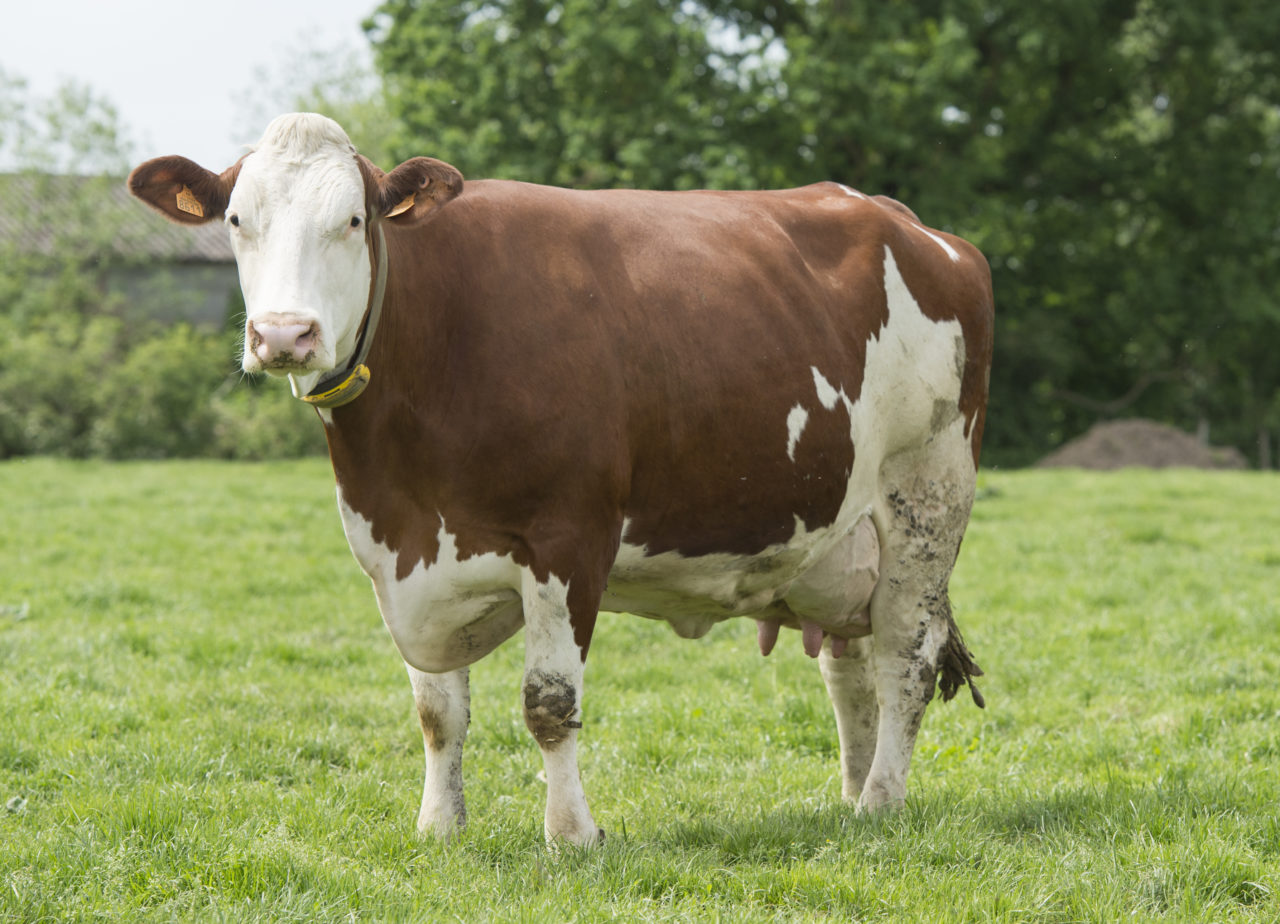
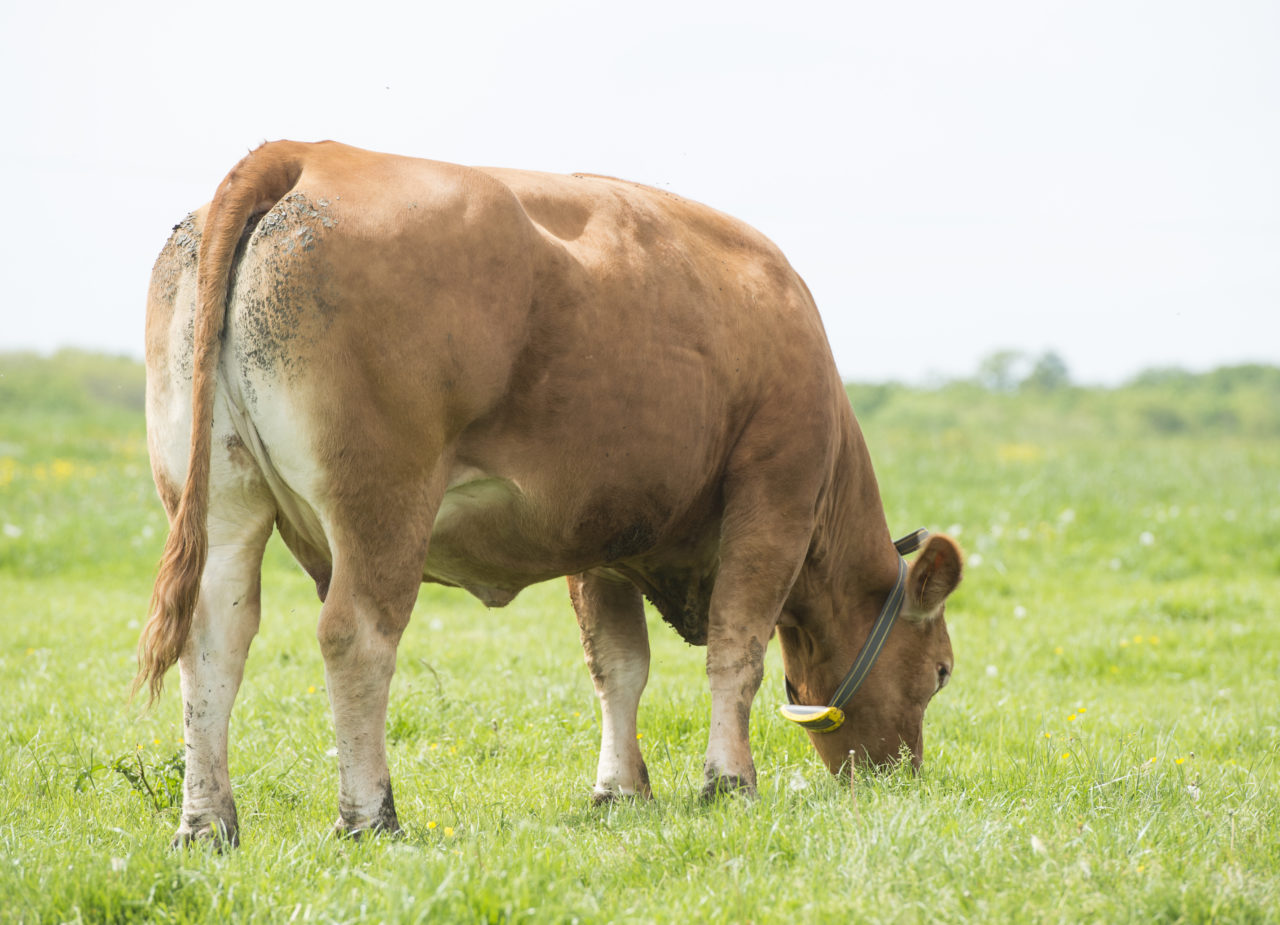
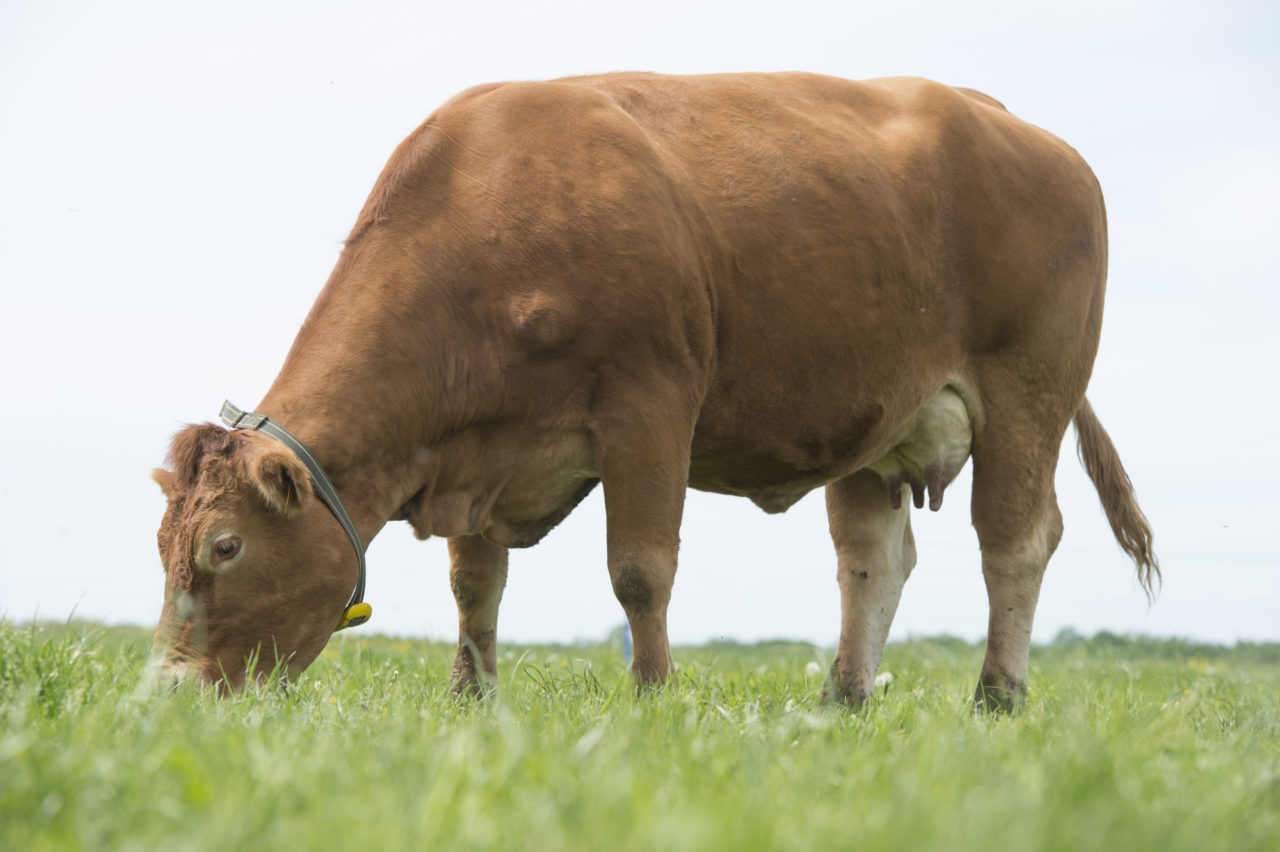
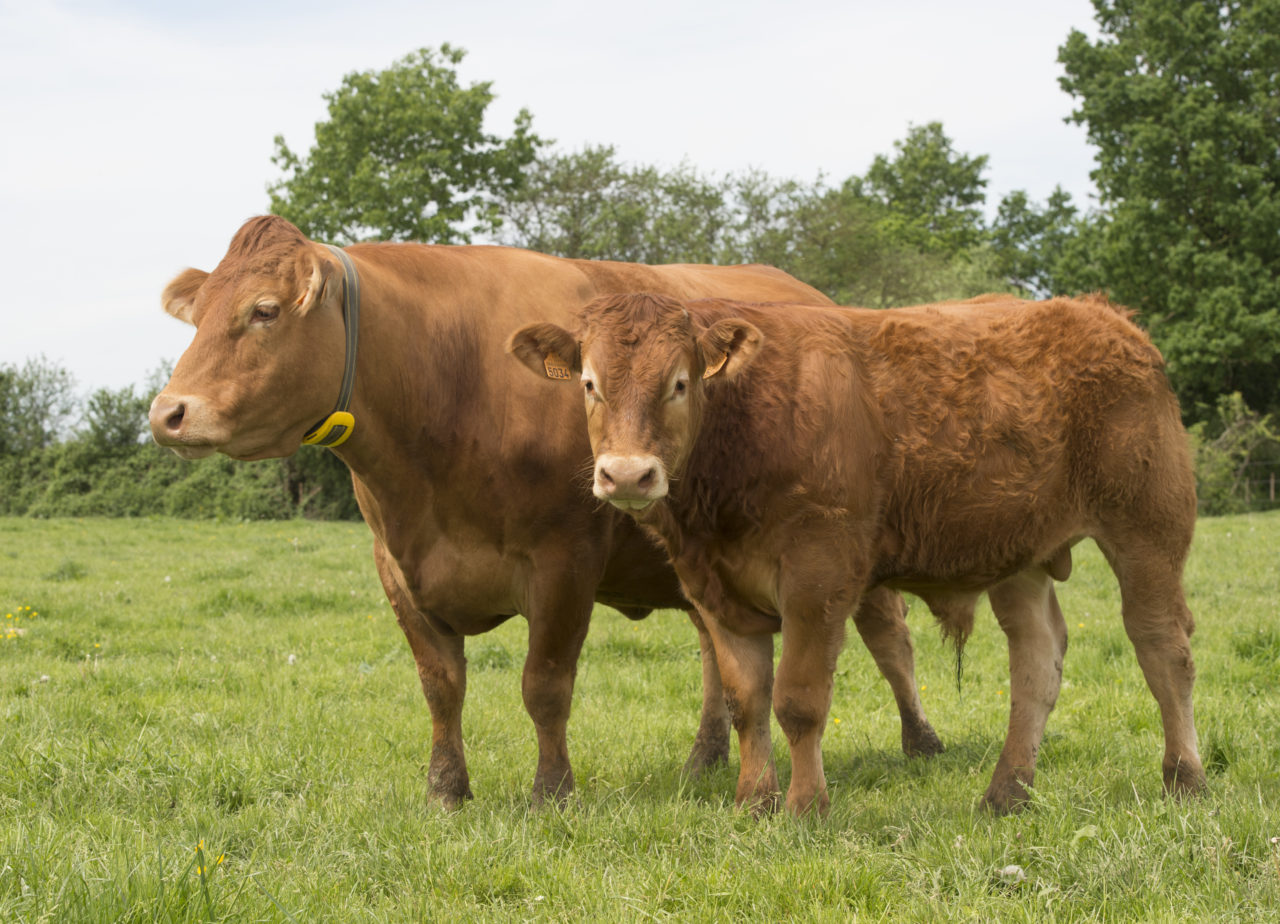
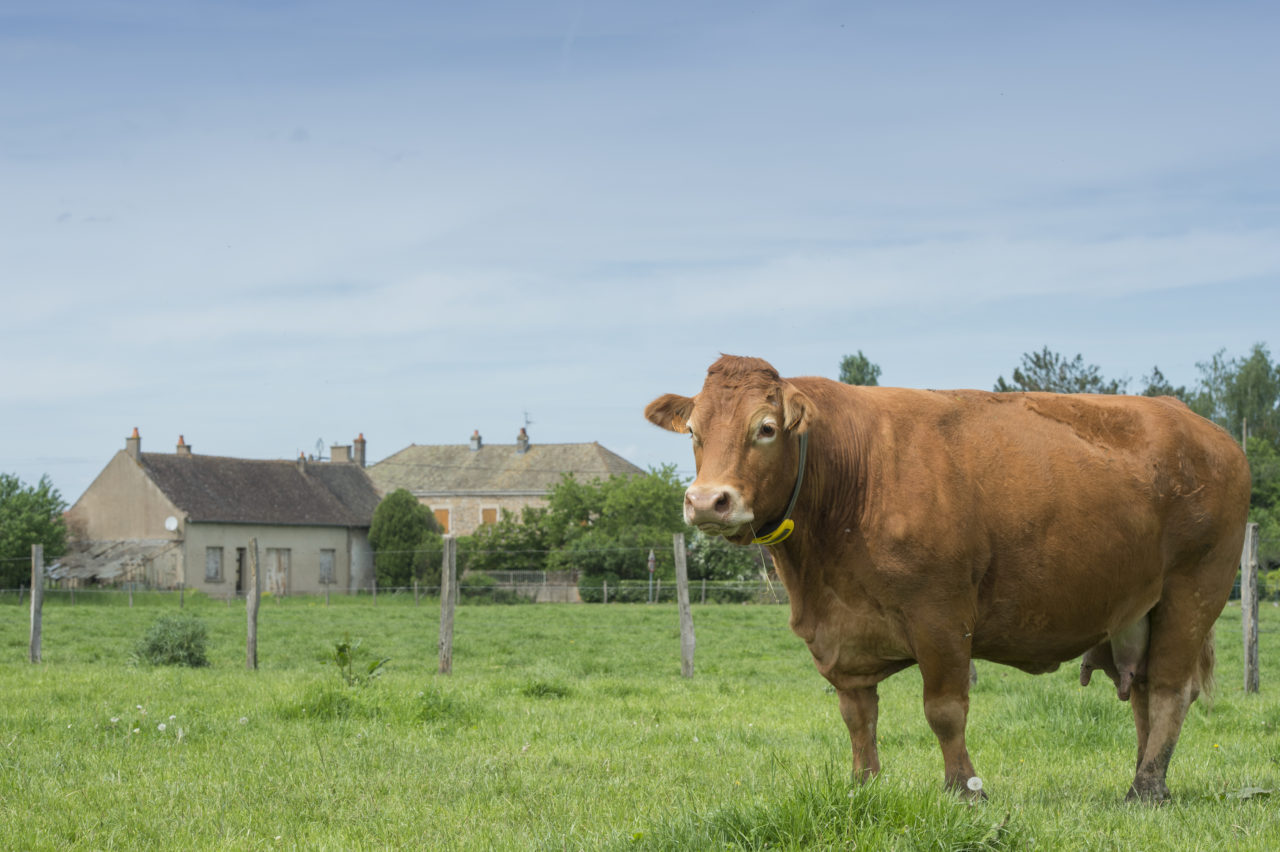
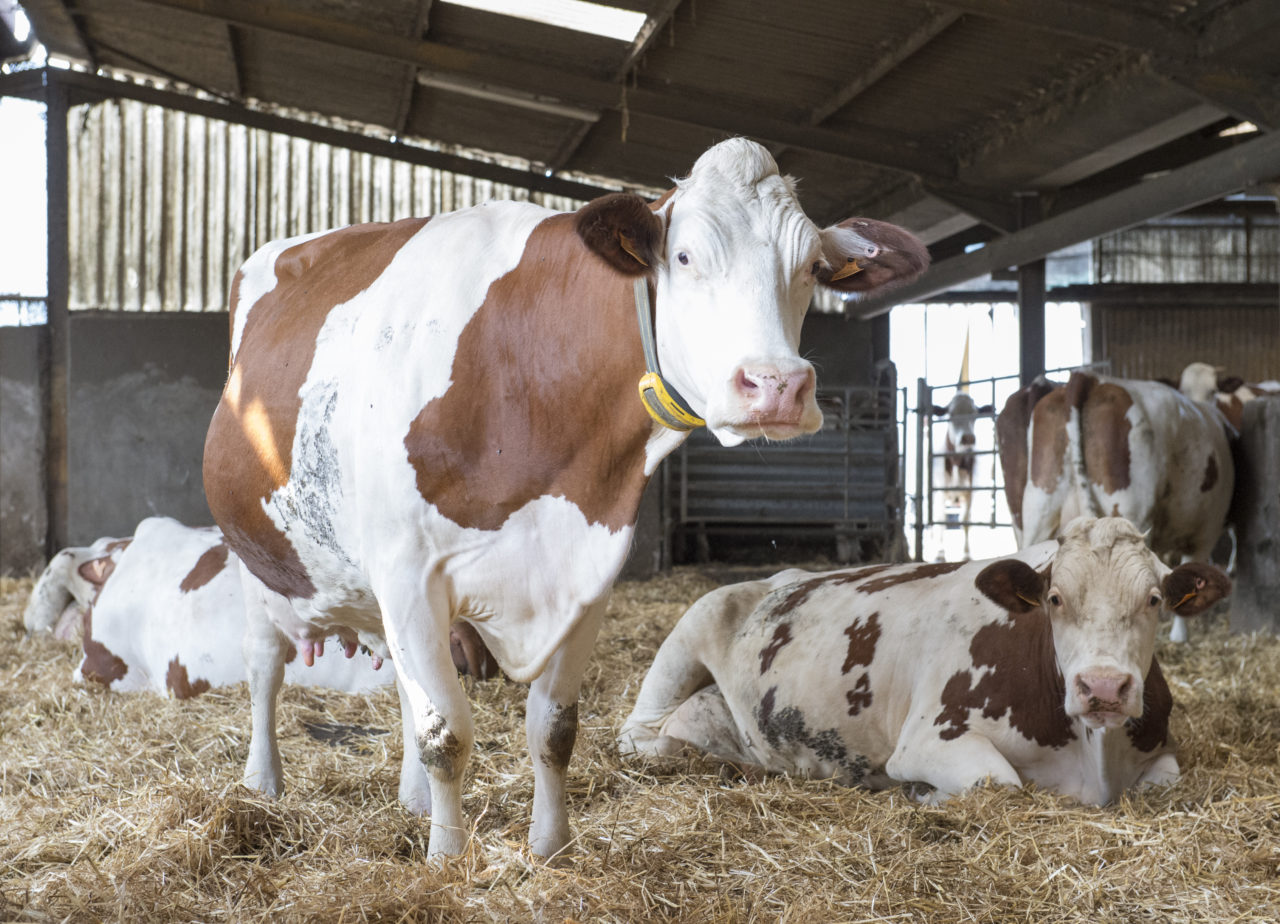
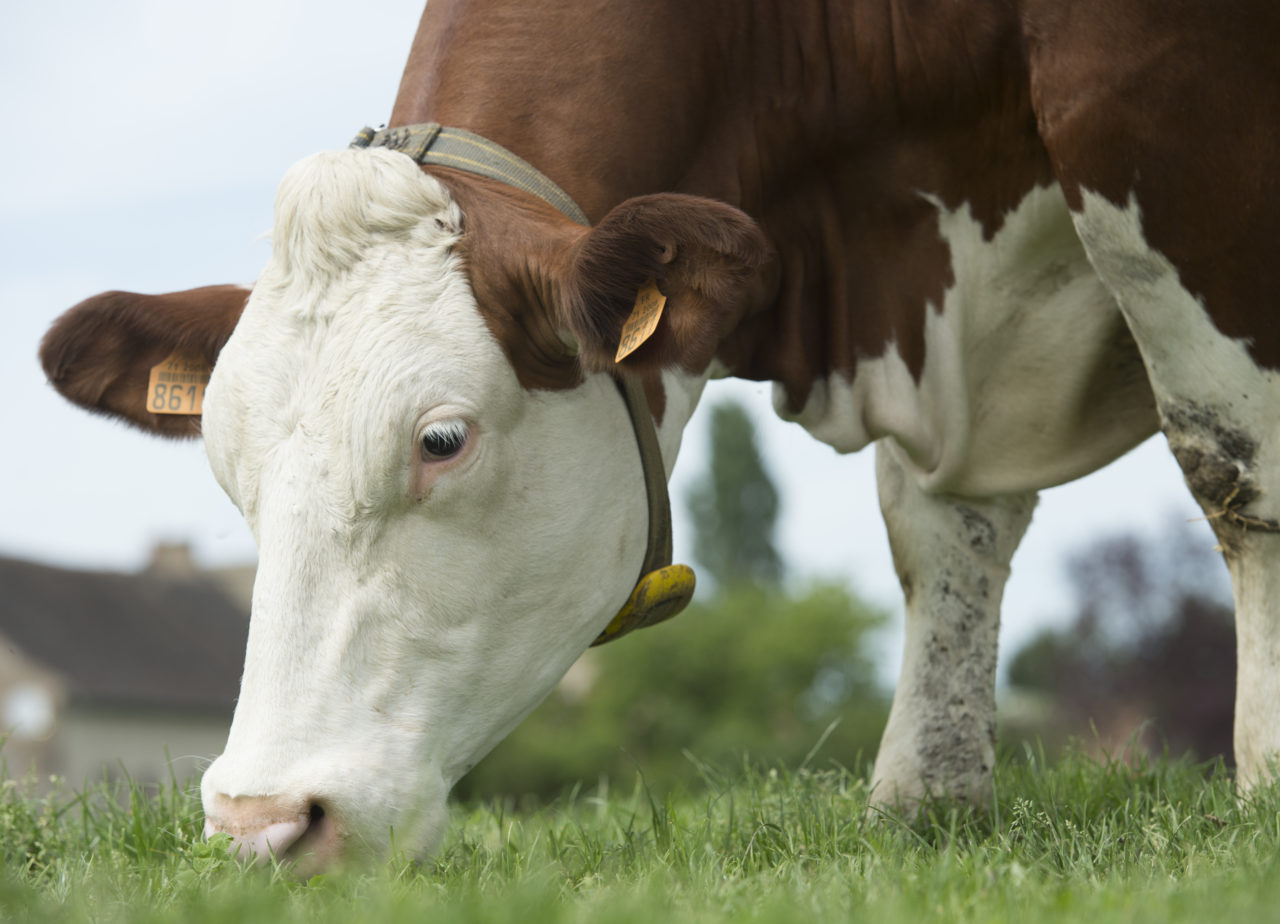
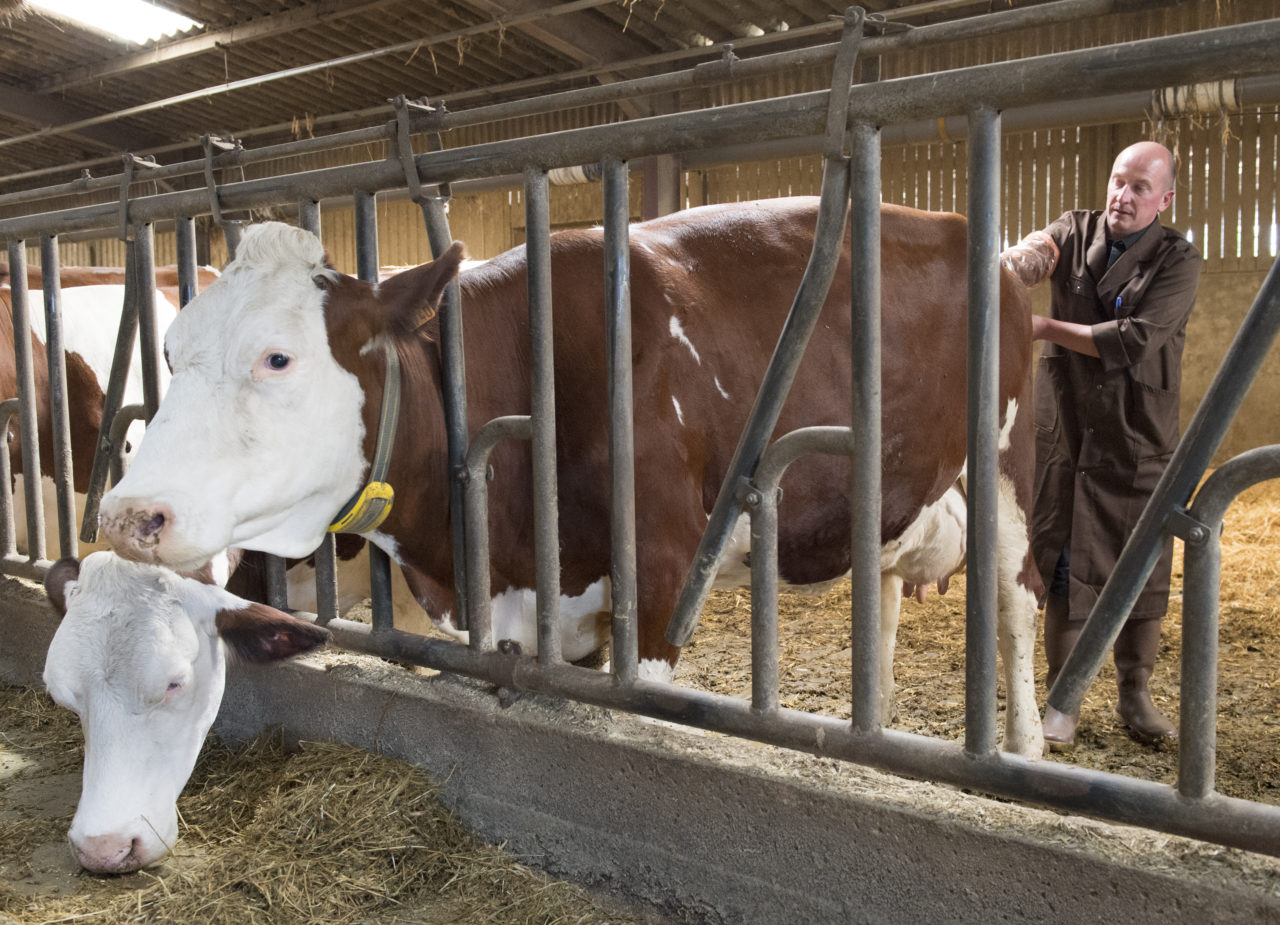
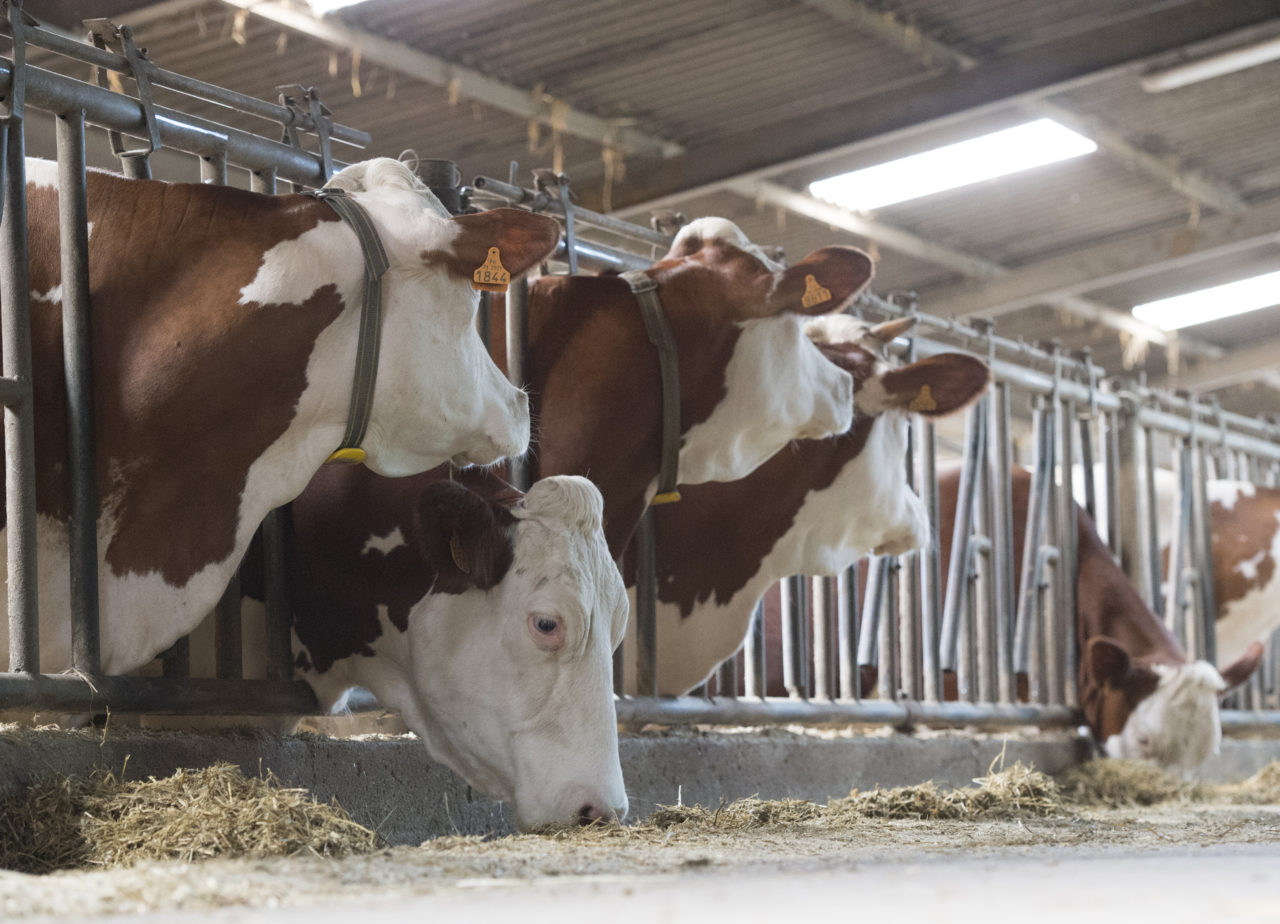
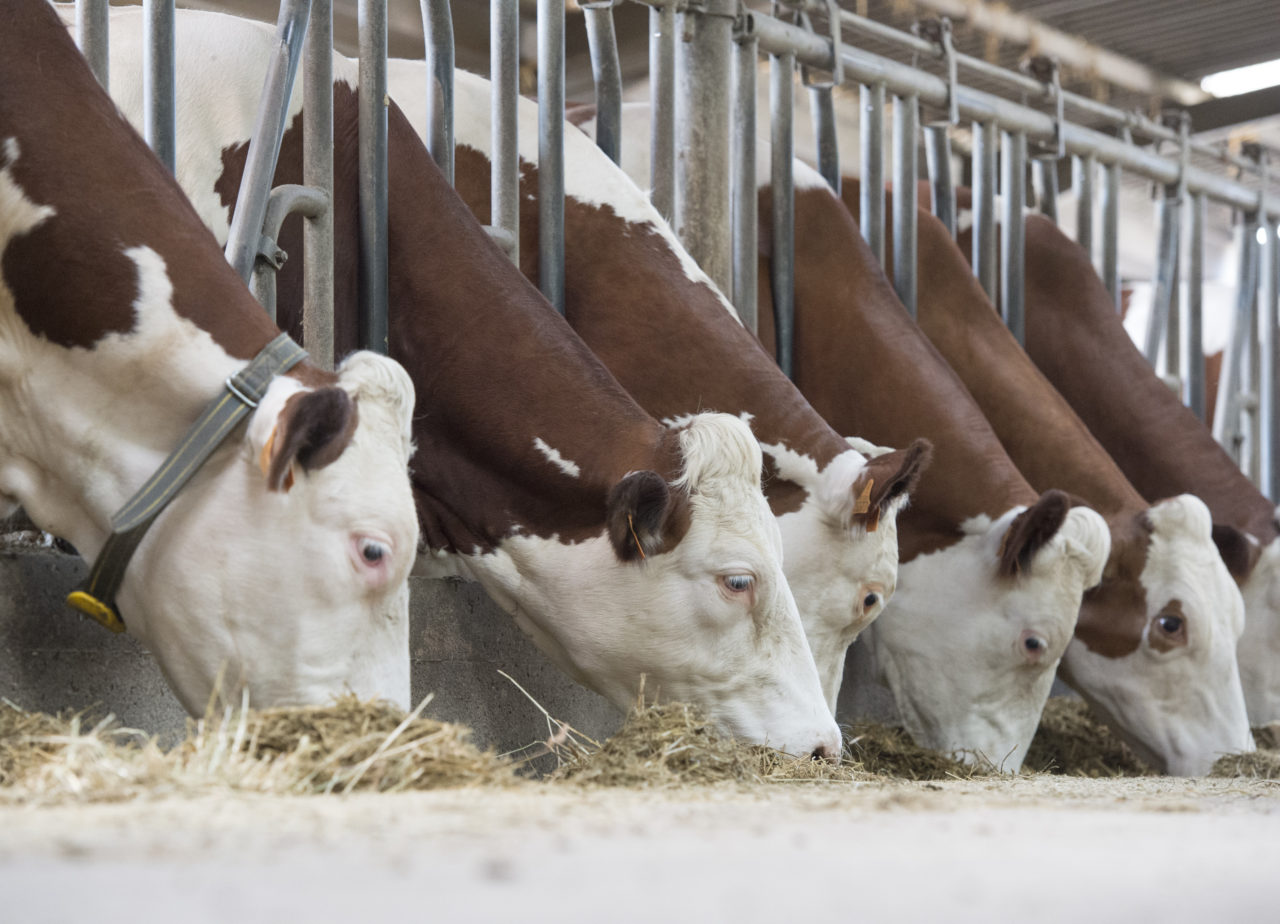
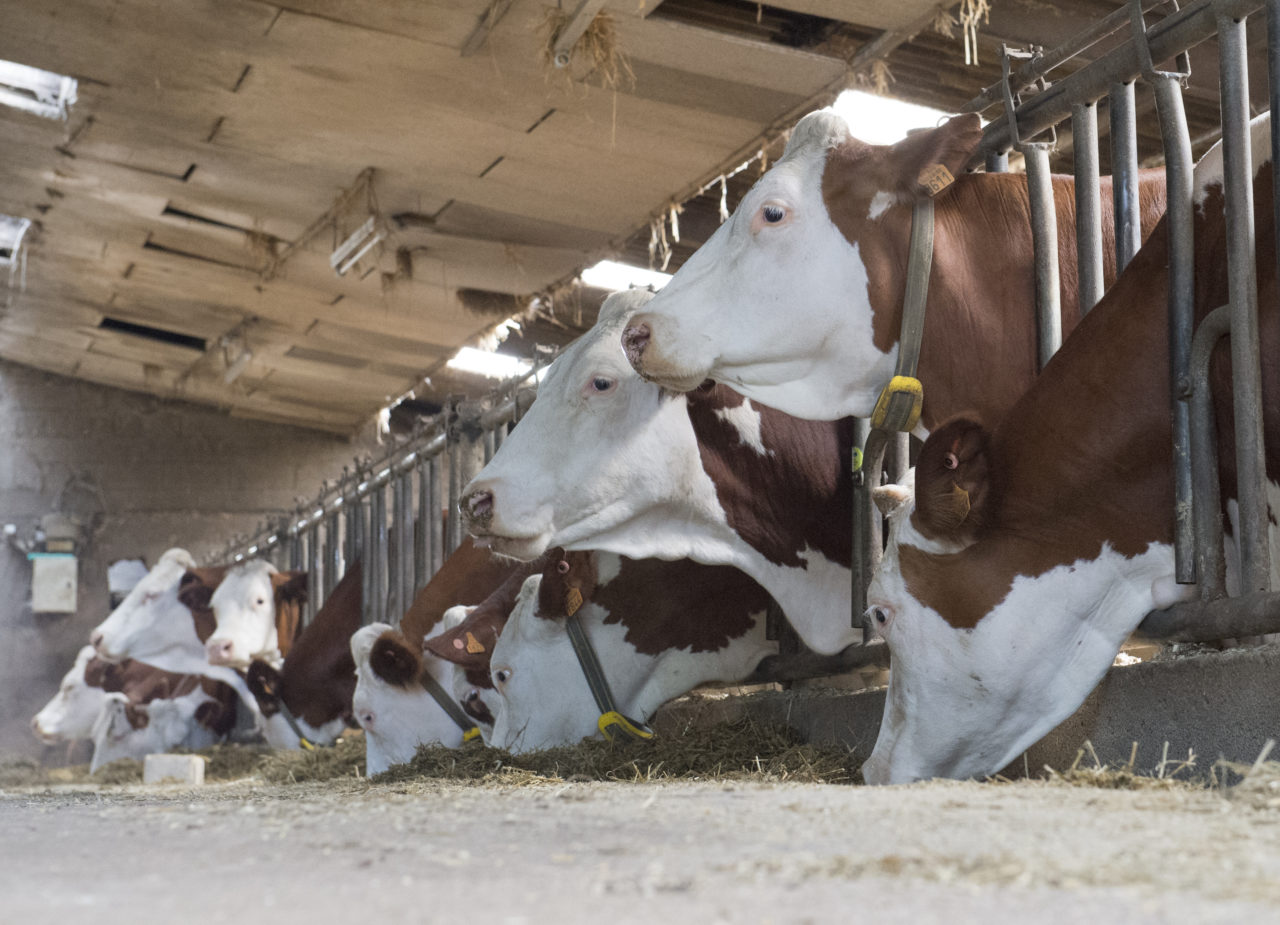
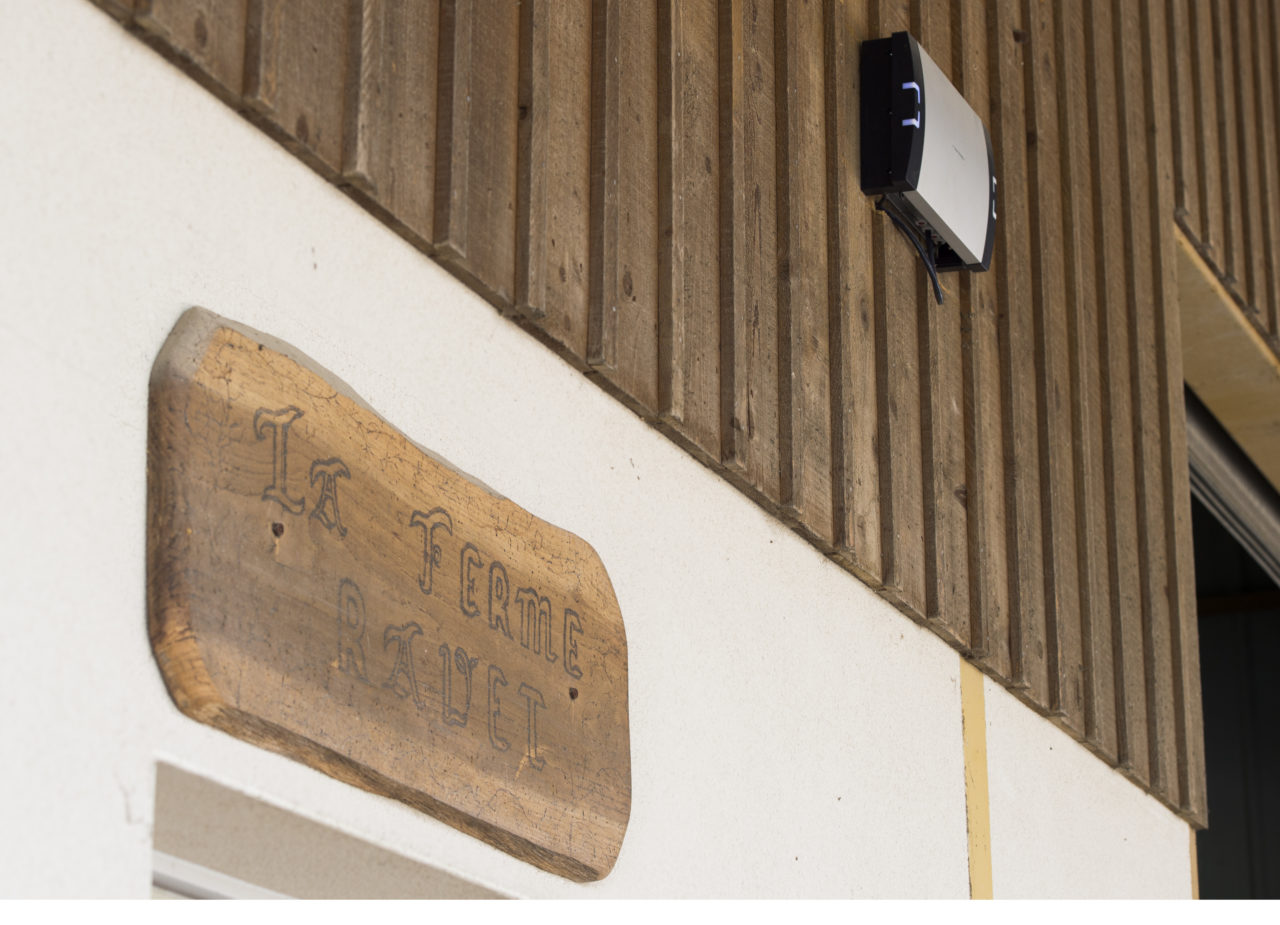
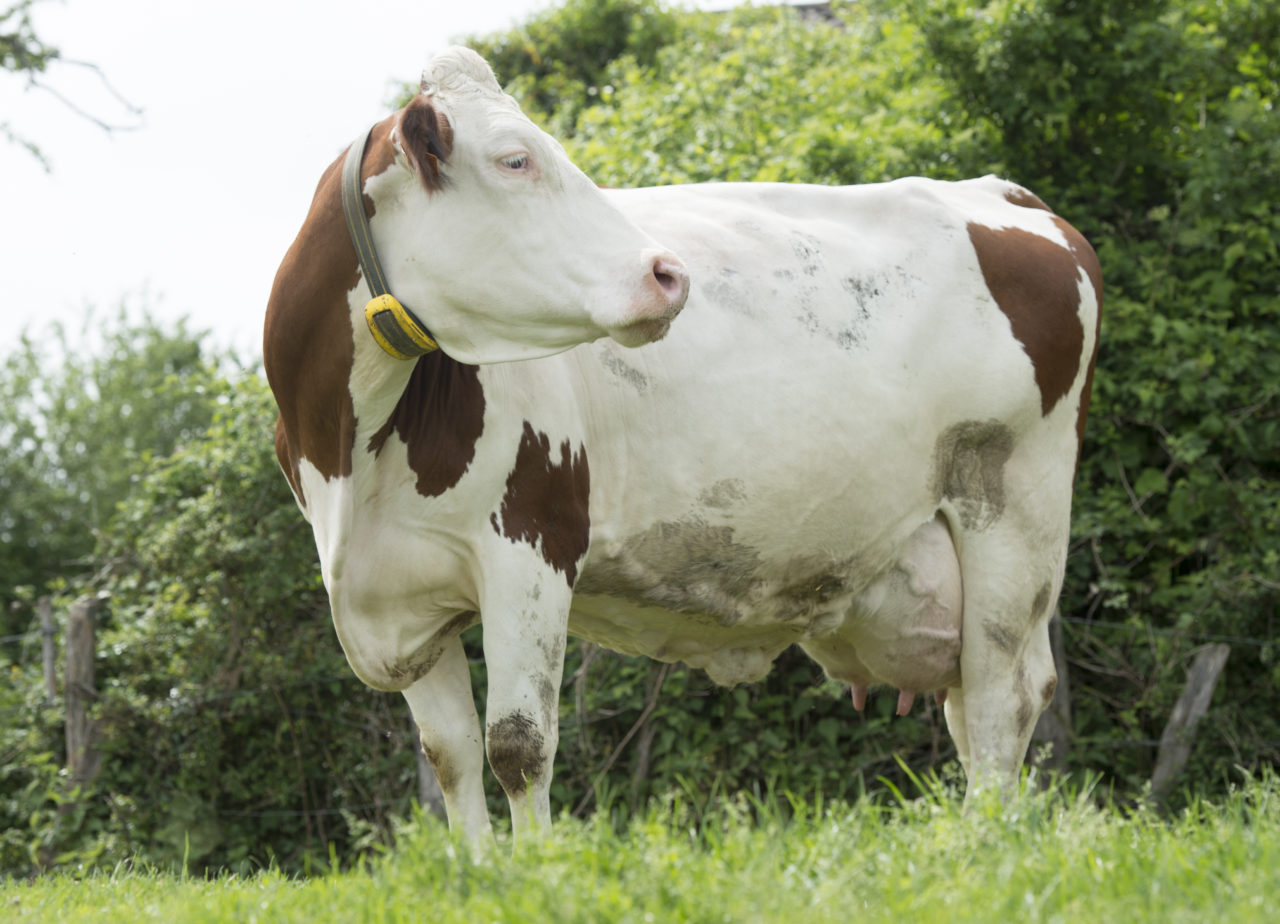
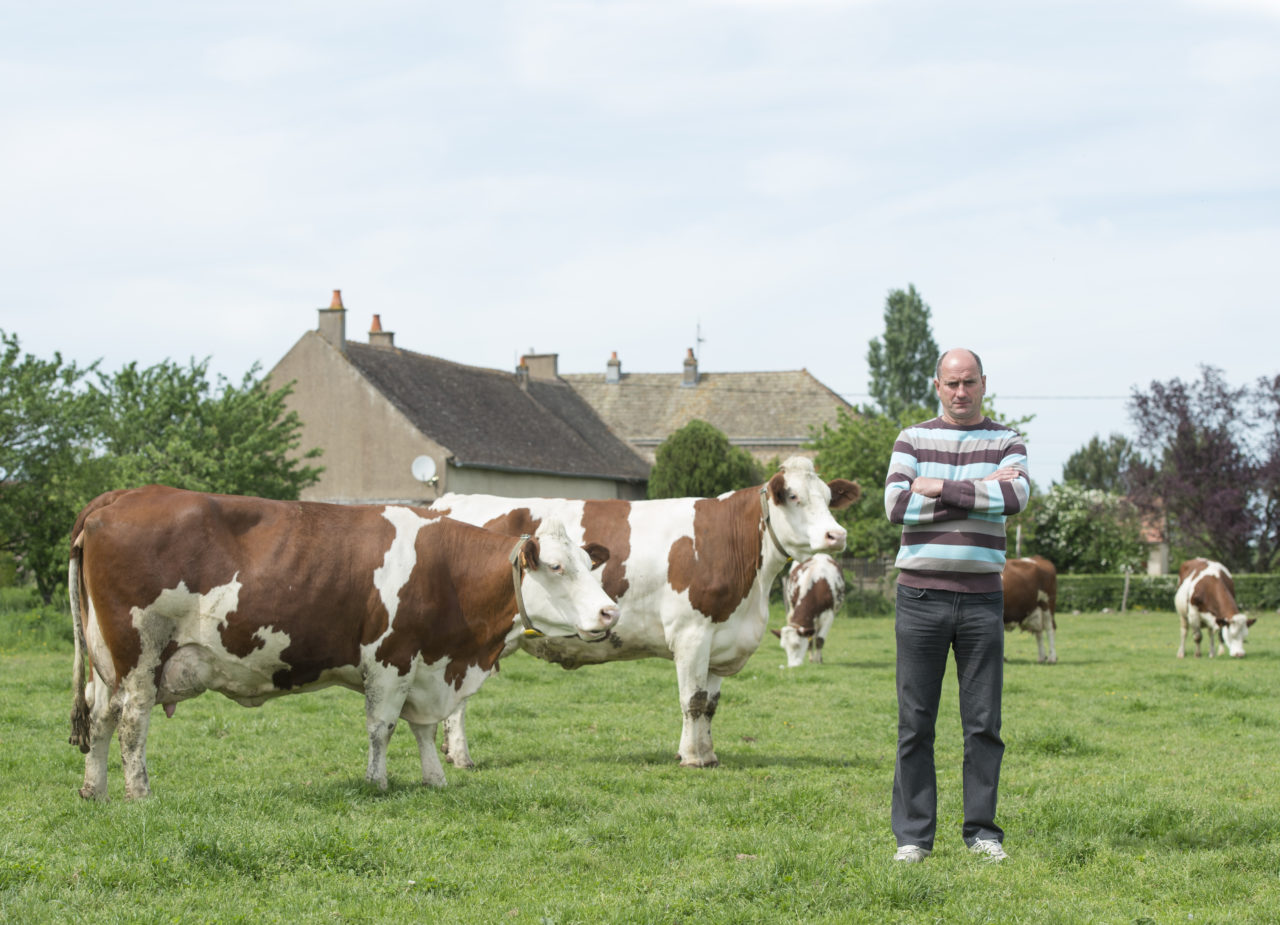
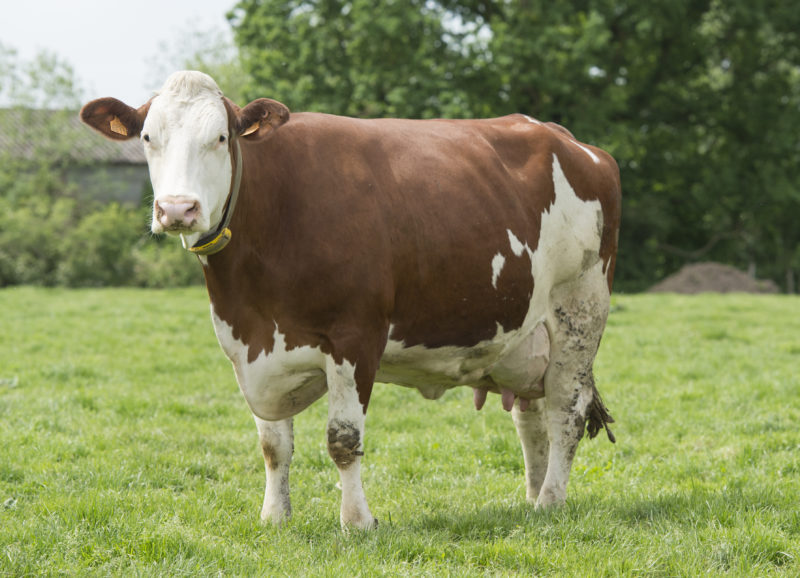
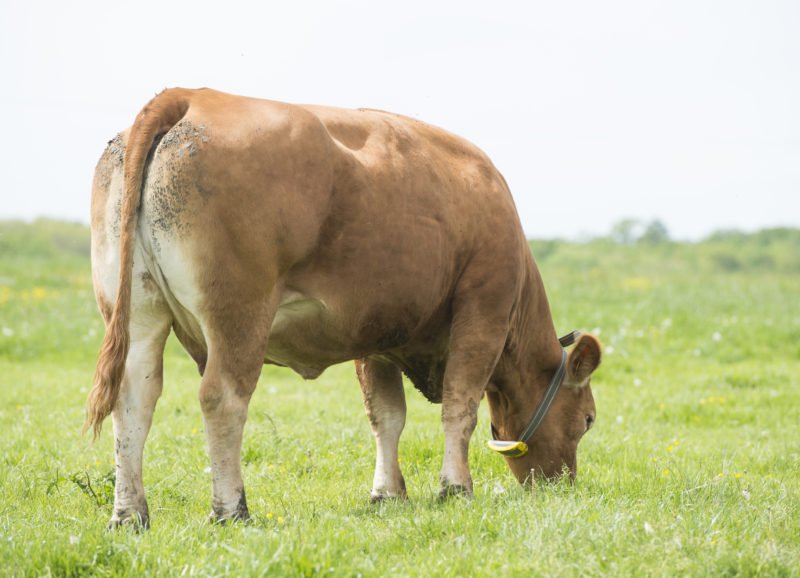
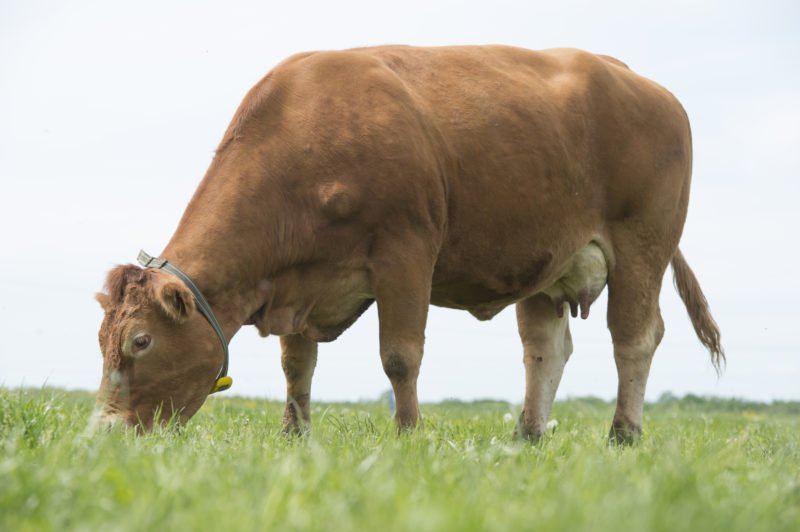
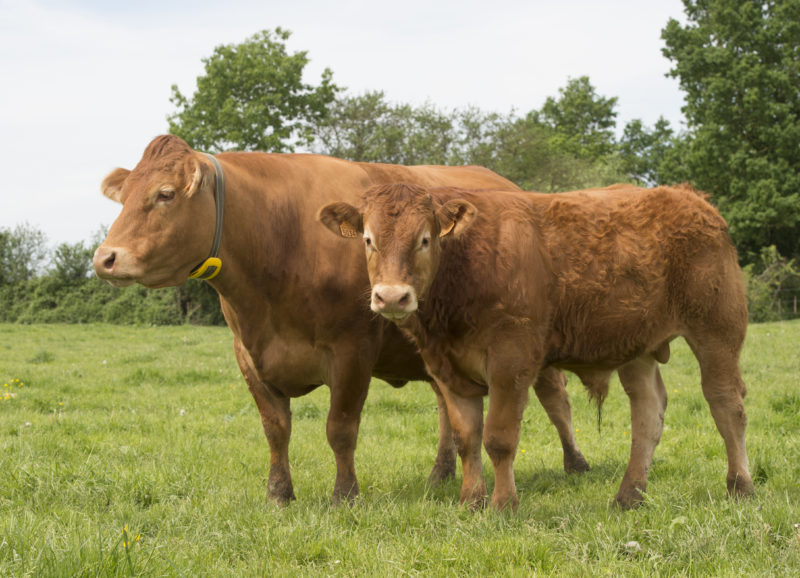
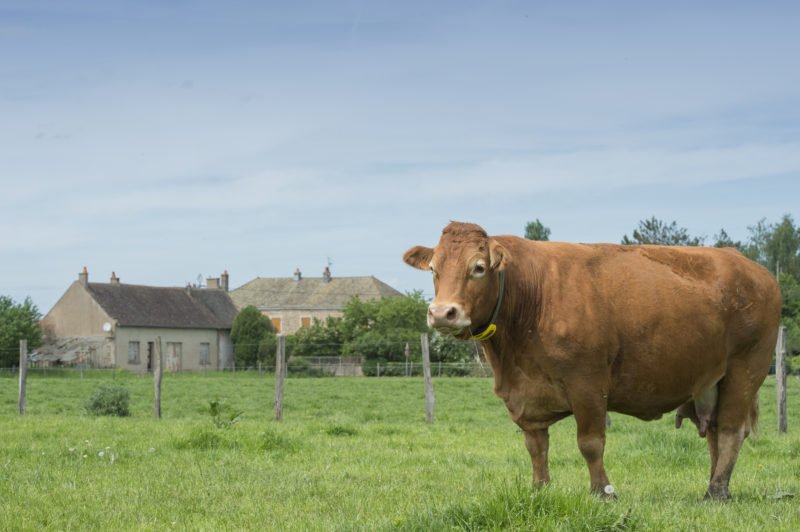
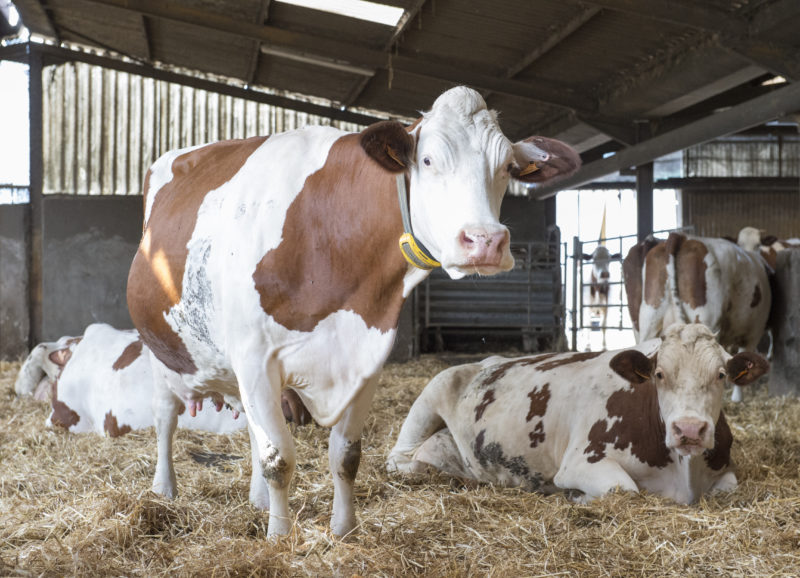
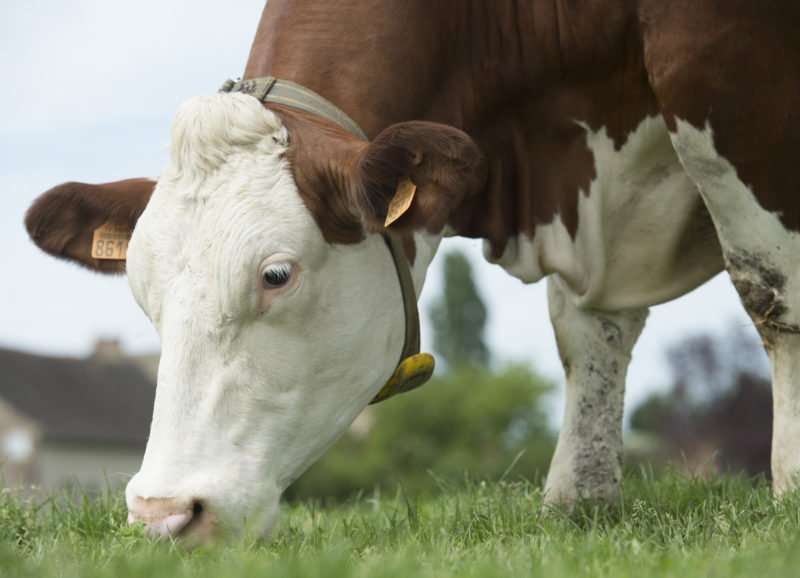
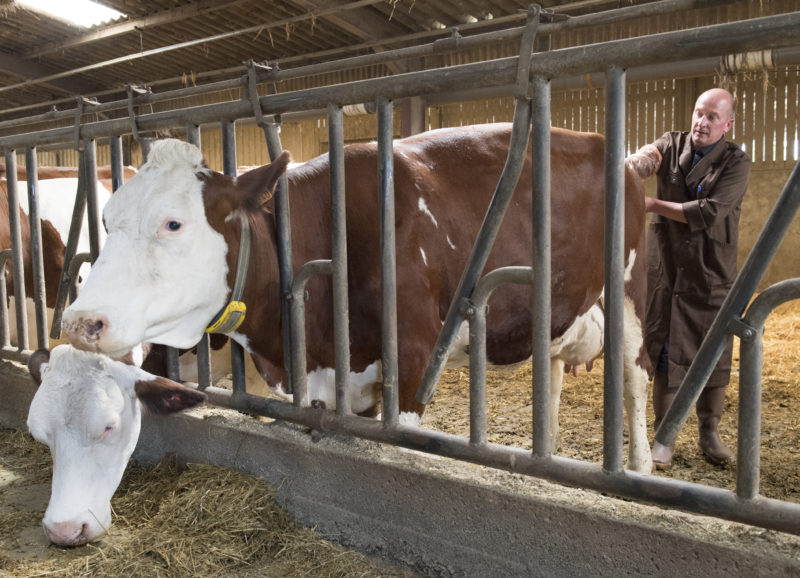
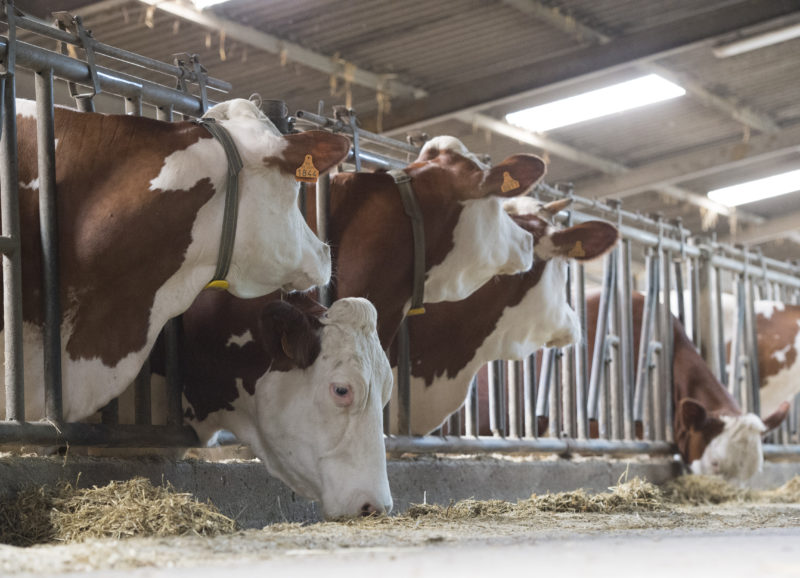
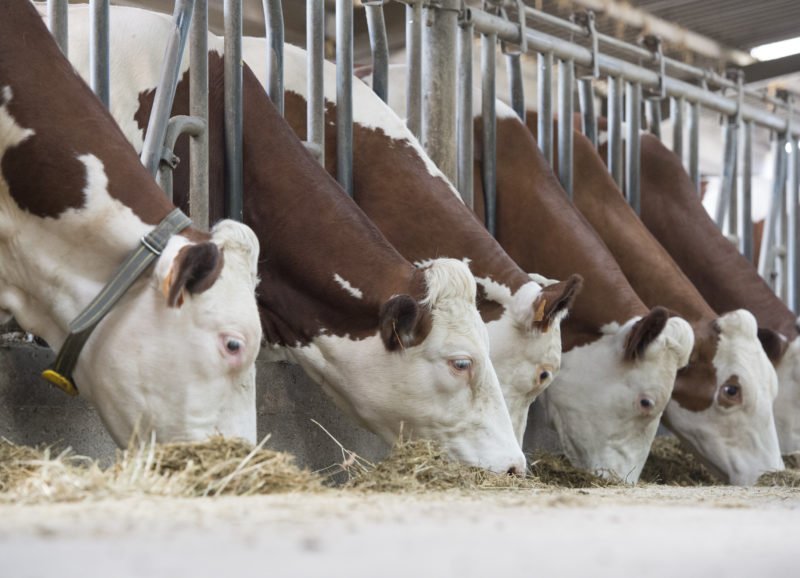
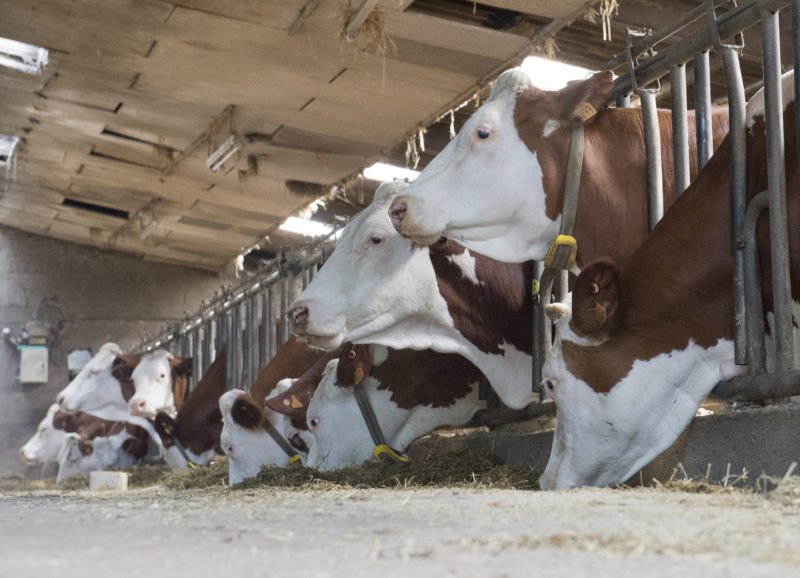
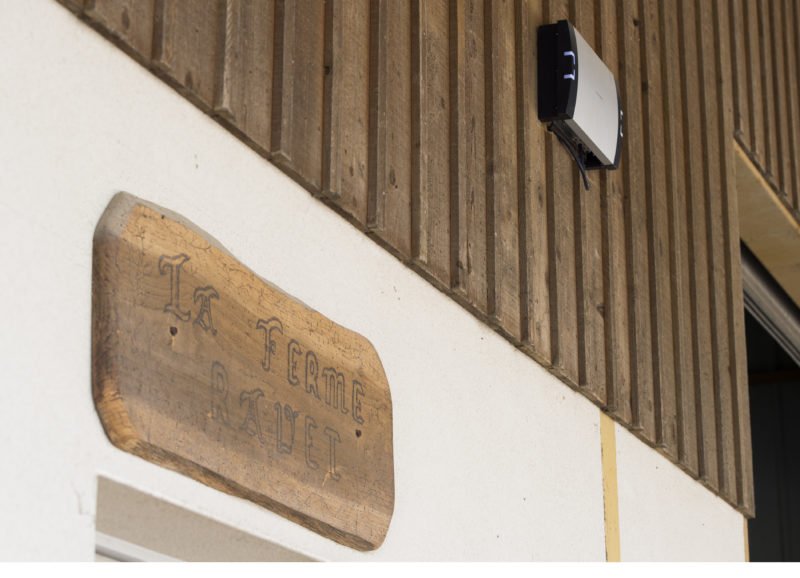
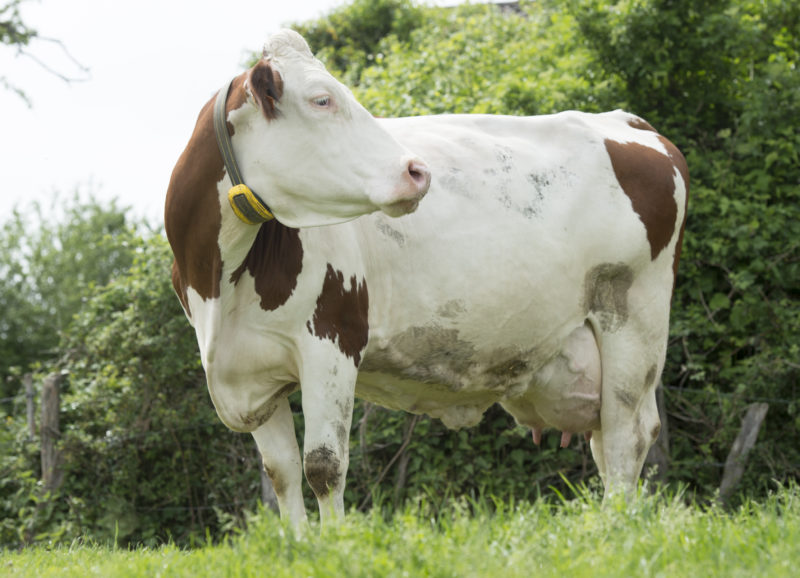
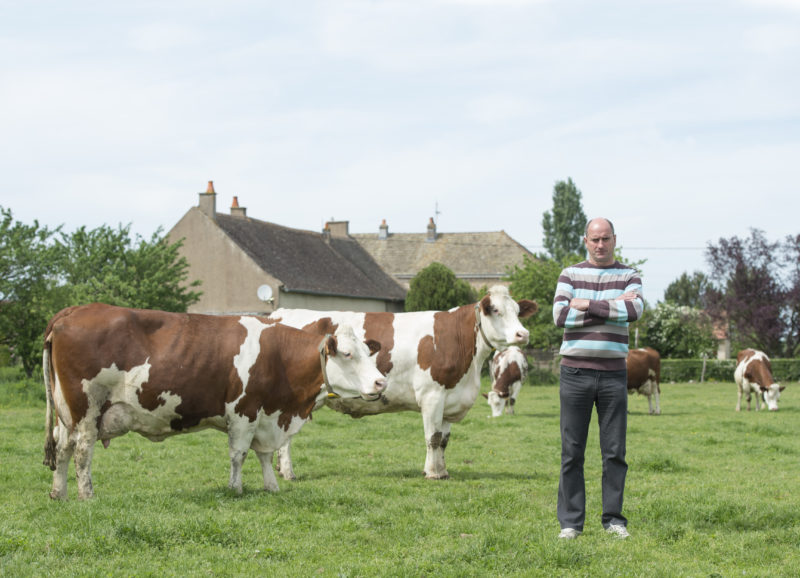
Search results for: ''
There are no results matching your criteria. Please try again with different criteria.